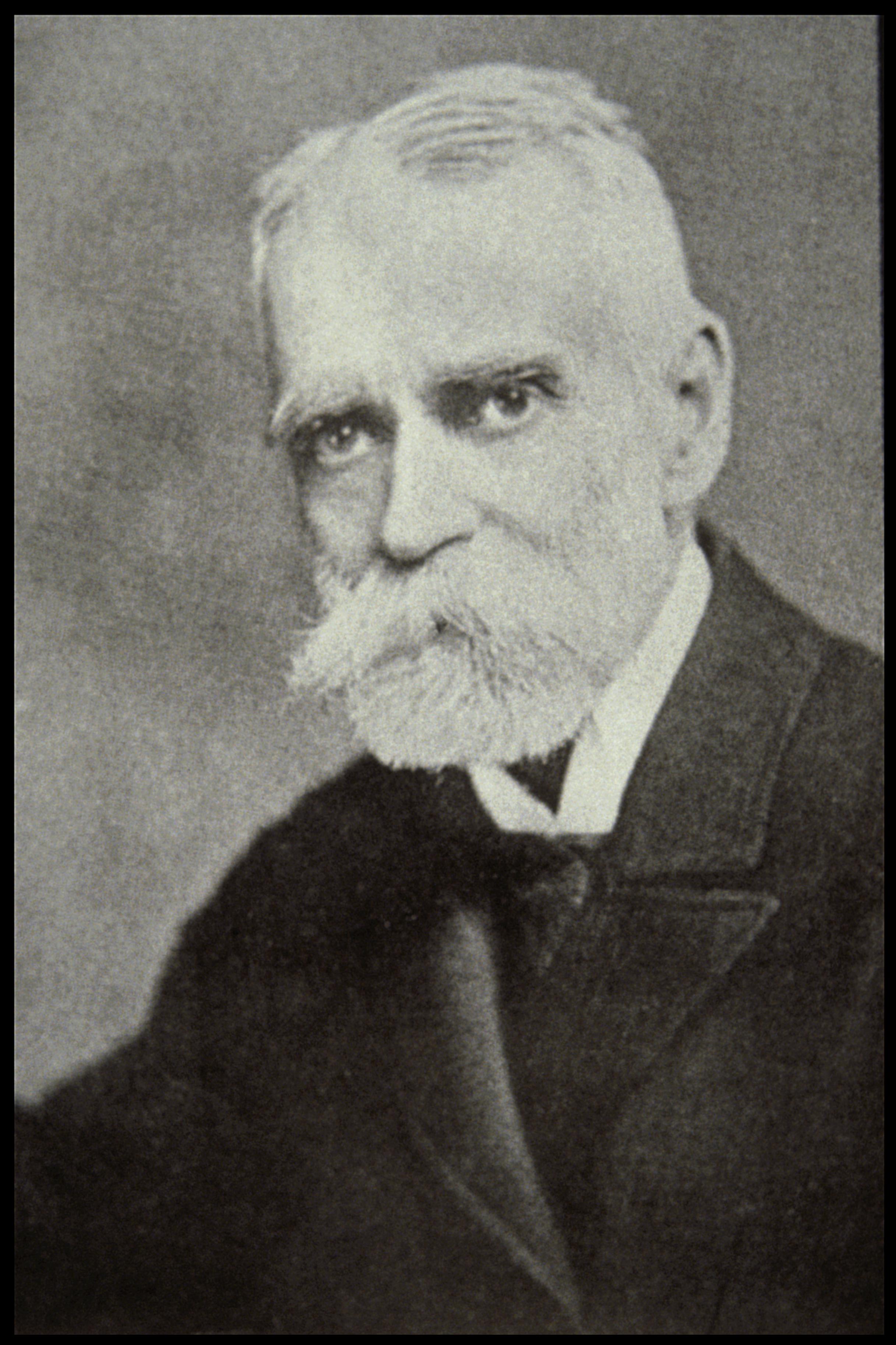History of Reference Service
Historians of reference services usually trace modern concepts of reference work to Samuel Green's 1876 paper, "Personal Relations Between Librarians and Readers,".
later published in American Library Journal (now Library journal). Until that time, libraries concentrated on acquiring and organizing materials, and library users were expected to find what they needed independently. Green's paper is both quaint and surprisingly modern in its concept of reference work.
He advised
librarians in public libraries that many users, particularly working men and businessmen, have neither the knowledge nor the time to search for the information they need, so the librarian
should find the information and present it to
them. When young people come to the library to work on school assignments, Green advised
instruction in the use of encyclopedias and indexes to books, along with an invitation to ask for assistance if the needed information is not readily found. He also
pointed out that librarians are frequently asked for guidance in the choice of recreational reading materials or in the conduct of research into specific topics.
In all of these cases, Green
observed, individuals do not know how to use a library effectively on their own, as do scholars. He also noted that
friendly and effective assistance to users will bring citizens
to the library and cause the community
to view its public library as indispensable.
Green's ideas
were presented at a time when printed library aids such as the dictionary, catalogue, the Dewey Decimal Classification system, and periodical indexes were also beginning to make it easier to find
information in the library and within
library materials. Although some librarians regarded these aids as sufficient, during the 1880s and 1890s the need for
special full-time staff trained in the principles
of assisting library users in their search for information gained wide acceptance. The new activity
initially called “assistance to
readers” was known by the 1890s as “reference work”. By 1900
many public libraries in USA had reference rooms,
where reference materials were available on open shelves and reference librarians were ready to provide assistance
in the use of library
materials.
During the first half of twentieth century, the concept and practices of reference work were expanded and specialized services such as readers’ advisory service and bibliotherapy were developed. Early in the century public library reference departments began answering information requests by telephone. At about the same time, they offered reference in branch libraries, in addition to those offered in the reference room of the central library. In public libraries, the establishment of separate collections, in areas such as business, science, music, and art, began as early as 1913. A similar trend in academic libraries had occurred by the 1930s, when some libraries created separate units to serve faculty and students in specific subject departments. In both types of libraries, a consequence of this departmentalization was the need for reference librarians with appropriate subject backgrounds. This evolution of subject specialization has continued to the present day, contributing to a lively discussion about whether specialist or generalist reference librarians can offer the most effective mode of service.
At the same time,
the growth of special libraries—libraries established to serve primarily employees of the institutions
that created them—exerted a profound effect
on the concepts and practices
of reference work. The idea of special libraries developed in the early years of the century, beginning with the
establishment of the Legislative
Reference Service of the state of Wisconsin in 1900. Based on that example, special libraries were later created
in industrial research laboratories, businesses, and health care institutions.
The significance of special libraries for the.
development of reference service was that, unlike other libraries,
special libraries existed primarily
to provide service rather than to build and house collections. This freed the special librarian to pursue a
higher standard of reference service, based on
a detailed knowledge by the librarian of the information needs of the
clientele, a willingness to seek out
needed information from any source, and an ability to synthesize or otherwise to prepare information for use by the
client. The delivery of reference services
experienced dramatic changes
in the twentieth century. In general, it increasingly became more efficient
and effective—at times,
and in certain settings— to deliver reference service by means
other than face-to-face interactions at the reference
desk. Originally, librarians answered questions and assisted library users from reference desks and readers'
advisory desks, Then, reference service
by telephone was added,
followed by the acceptance of mailed or referred questions from users who had no direct contact with the library. During the last thirty years of
the century, the
library instruction movement brought academic librarians into the classroom to teach and answer students'
questions. The growth of subject-based information
services in academic and special libraries moved reference services into the offices of librarians as well as the offices,
laboratories, and other working areas of their
users. Today, the provision of reference service
by e-mail, text messaging, chat,
audio, video real-time
chat services is expanding.
References and Further
Reading
Davinson, D. (1980).
Reference Service. London:
Clive Bingley. Egyankosh (n.d). BLIS-06 Information Services (module).
Katz, W.A. (1982).
Introduction to Reference
Work. In : Reference Services
and Reference Processes: 4th ed. Vol.II.
New York: McGraw-Hill Book Company.
Krishan Kumar (1996). Reference Service. 5th ed. New Delhi:
Vani Educational Books. Ranganathan,
S.R. (1961). Reference Service. 2nd ed. Bombay: Asia Publishing House. Ranganathan, S.R. (1963). Documentation and its Facets.
Bombay: Asia Publication.

